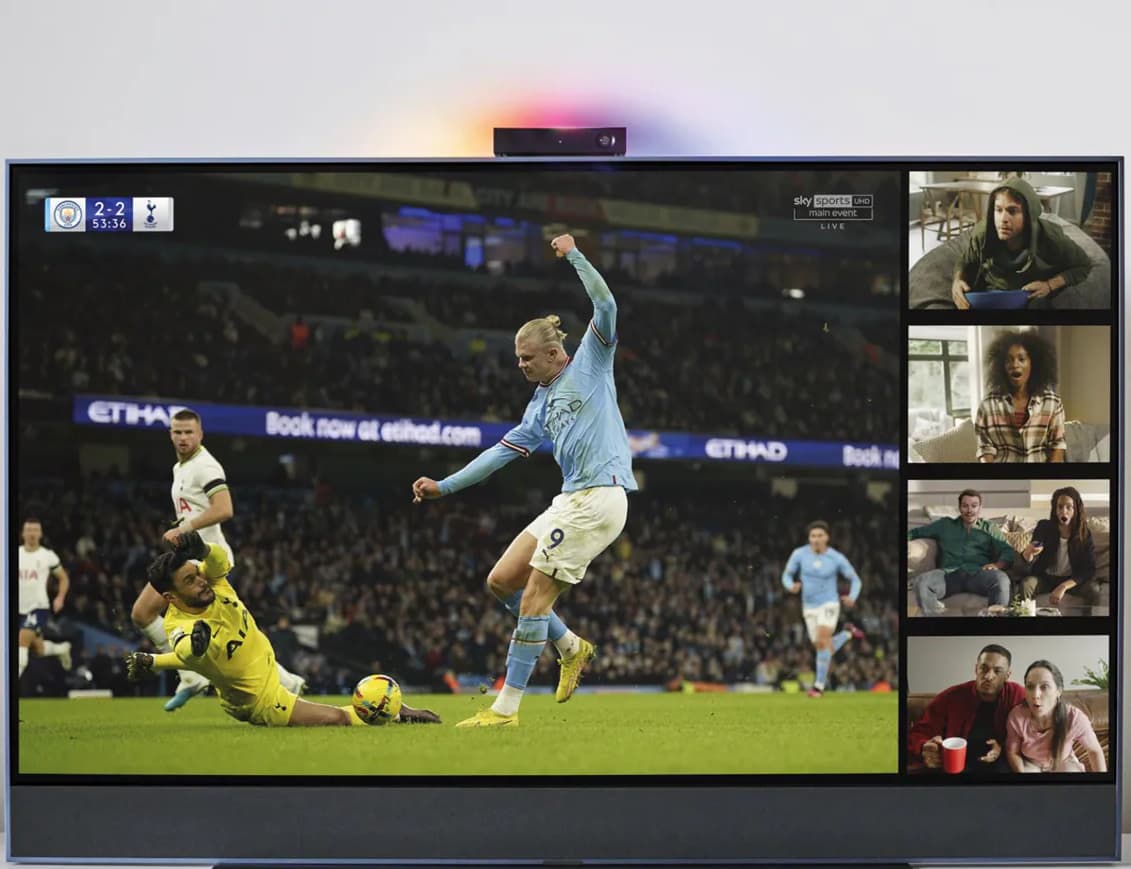Industry insights: The role of advertising in video piracy incomes; 5G services increasingly bundle video; WBD looks to license content to Netflix; and Sky adds Sky Live video camera to hardware lineup.

Ad-fraud is the most lucrative revenue stream for pirates
[AAPA]
UK-based organisation the AAPA, the Audiovisual Anti-Piracy Alliance, has published a new report looking at the problem, challenges, and effects of app piracy. And it starts with some fairly jaw-dropping figures: statistics show that, in 2021, two million new apps were launched, and 230 billion apps were downloaded, while globally users spend on average 4.8 hours a day using them. An hour more than, for example, the average person in the US spends watching broadcast television.
This makes apps a useful conduit for digital piracy, and the AAPA has rounded up some figures that it says demonstrate that AdWords campaigns are the most lucrative revenue stream for pirates. That means that online ad campaigns generate more money for the pirates than illicit subscriptions, selling user data, distributing malware and more.
“Not only are rights holders losing money from the lack of legitimate App downloads, but Pirates steal what should be their ad revenue as well,” the organisation writes.
It cites figures showing that of the $2.34bn of the estimated annual global revenue of video piracy, $1.34bn was generated by online advertising, mainly from websites. 20% of the total though — roughly $270m — is now thought to come from in-app advertising, and the troubling thing for the industry is that as app use continues to scale, so that revenue loss will too unless action is taken.
TV bundles a key driver for 5G expansion
5G usage worldwide is very much on the rise after the initial stages of the rollout were slowed down by the pandemic. 5G subscriptions are set to reach 1.5 billion globally by the end of 2023 and 4.6 billion by 2028. Global mobile network data traffic continues to grow as well, with the monthly global average usage per smartphone expected to exceed 20GB by the end of 2023.
Video is a large part of this. The June 2023 Ericsson Mobility Report says that over half (58%) of 5G service providers are bundling entertainment services, including television, into package deals designed to tempt consumers.
According to the report, VOD is, in turn, a large part of that picture. in North America, the share of VOD streaming services in all video traffic is increasing from 4% to 23%. YouTube had the highest share of video traffic across all user groups, with light and moderate users having the highest percentage. This was followed by Facebook and TikTok (though social media-generated video traffic is, on the whole, showing rapid decline from 88% to 49%). For Europe, the share of VOD streaming services is increasing from 1% to 17%. In both markets, Netflix’s share traffic went from 1–5% among light to intense users to make up around 13% of video traffic among extreme users.
Warner Bros. Discovery in talks to license HBO originals to Netflix
[Deadline]
Bucking the move towards exclusivity on individual platforms, Deadline has reported that Warner Bros. Discovery (WBD) has opened negotiations with Netflix to run some of its HBO library titles. This would be the first time in nearly a decade that HBO shows would exist on a rival SVOD service in the US, and helps highlight the financial pressures that WBD currently finds itself under.
Warner Bros. Discovery CEO, David Zaslav, indicated that he would be open to foregoing exclusivity and license content to boost the bottom line early on in his tenure, and titles indulging the high-profile Westworld have appeared on free streaming platforms such as Roku and Tubi since.
This though seems to take that licensing process all a bit further. The shows are understood to be set for distribution on a non-exclusive basis, which would still allow them to stream on the recently rebranded Max service as well as on Netflix.
The deal is not closed yet and may eventually not be signed after all, especially now it has come to light, but it is perhaps indicative of a change of thinking across the premium pay landscape in the US market. Vertical integration was very much the order of the day for the big Hollywood players up until very recently, but consumers are now looking to reduce their video stack and some of the underlying economics of the D2C approach may not be quite as attractive as they once were.
Sky launches Sky Live camera

Having surprised the industry with the launch of its Sky Glass streaming TV on its own OTT service built-in, UK pay-TV broadcaster Sky has now added an interactive camera peripheral to its hardware line-up.
Sky Live is a smart interactive camera for Sky Glass that debuts some interesting camera-based functionality to the Sky service, such as the Watch Together watch party feature which works across live channels and Sky’s on-demand content, and the ability to make Zoom calls to any device.
It features auto-tracking to keep users in focus, but the innovation doesn’t stop there. AI-based movement analysis enables users to use their own bodies as controllers in a series of games. There’s a fitness app called Mvmnt which promises 130 interactive workouts, and there’s a forthcoming Stingray karaoke app that will allow users to record, play back and share performances on social media.
As ever, broadcasters round the world will be keeping an eye on this to see if it’s an initiative worth replicating, though some analysts see Sky Live’s initial pricing (£6 per month or £290 to buy — that’s $7.50 and $369 respectively) as on the high side.

